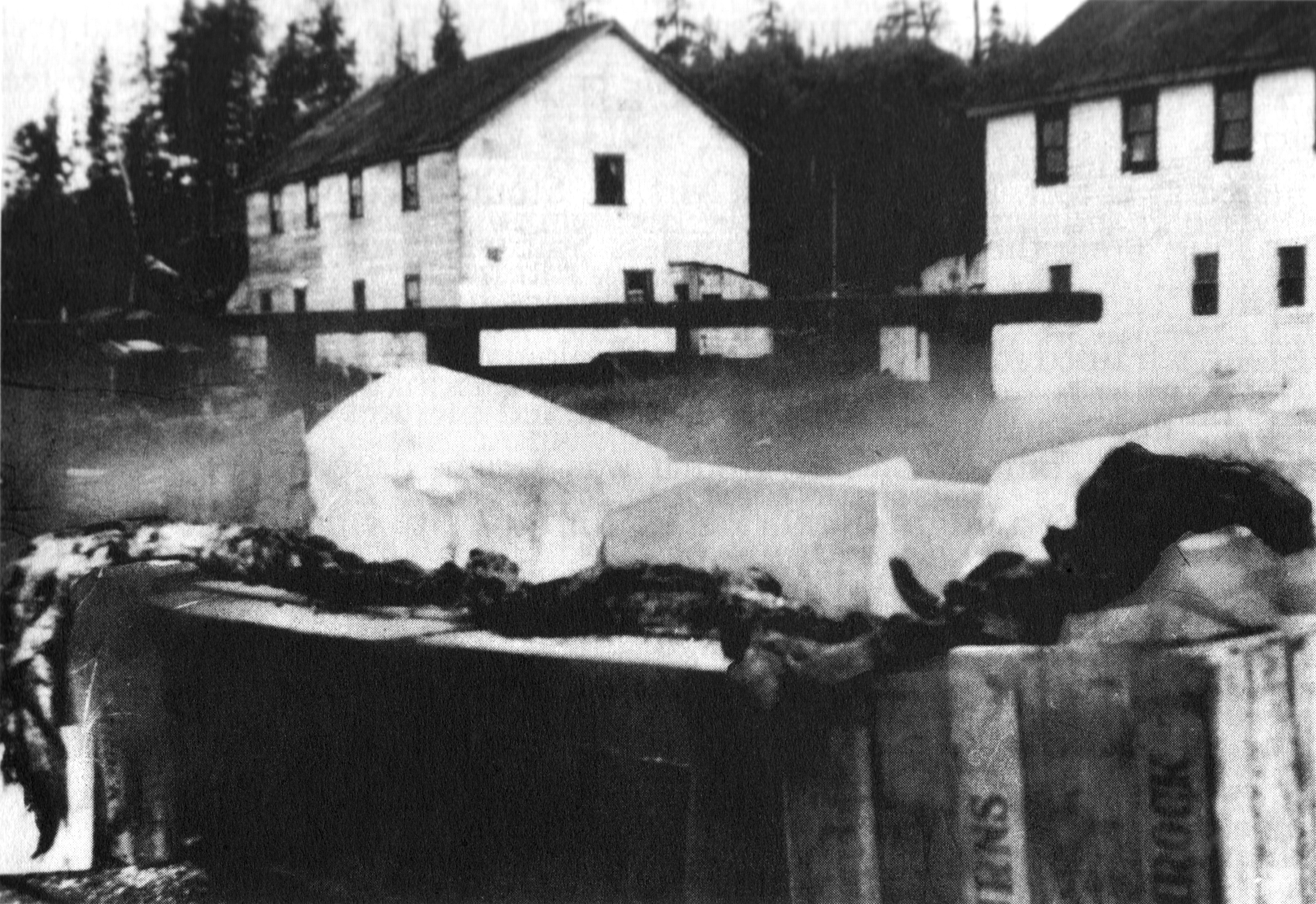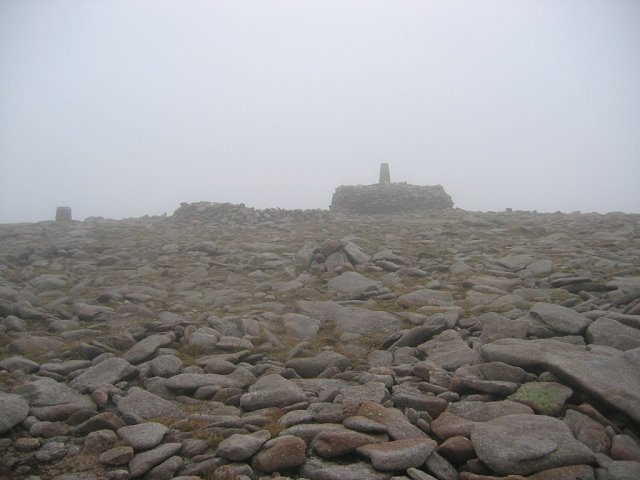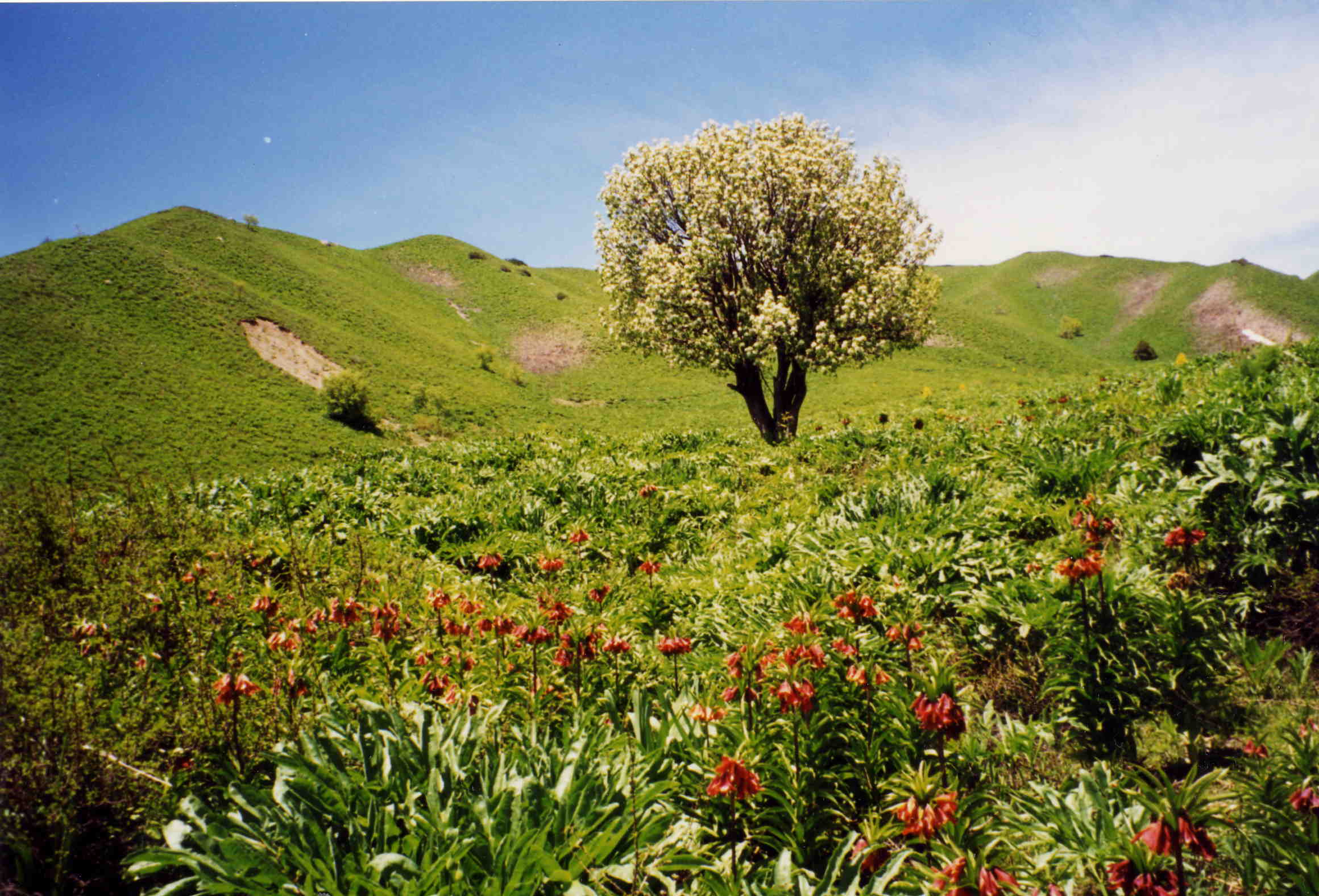|
Barmanu
The Barmanou (or Barmanu or Baddmanus) is allegedly a bipedal humanoid primate cryptid that inhabits the mountainous region of northern Pakistan. Shepherds living in the mountains have reported sightings. The Barmanou is the Pakistani equivalent of the Bigfoot. The term ''Barmanou'' originates in Khowar, but is now used in several Pakistani languages including Urdu, Shina, Pashto and Kashmiri. In addition to the name ''Barmanou'', there are a few local variant names. The proposed range of the Barmanou covers the Chitral and Karakoram Ranges, between the Pamirs and the Himalayas. This places the Barmanou between the ranges of two more famous cryptids, the Almas of Central Asia and the Yeti of the Himalayas. The Barmanou allegedly possesses both human and apelike characteristics, and has a reputation for abducting women and attempting to mate with them. It is also reported to wear animal skins upon its back and head. The Barmanou appears in the folklore of the Northern Reg ... [...More Info...] [...Related Items...] OR: [Wikipedia] [Google] [Baidu] |
Cryptid
Cryptids are animals or other beings whose present existence is disputed or unsubstantiated by science. Cryptozoology, the study of cryptids, is a pseudoscience claiming that such beings may exist somewhere in the wild; it has been widely critiqued by scientists.Mullis (2021: 185): "Eschewing the rigors of science, cryptozoologists publish for a popular audience rather than for experts resulting in the practice itself frequently being derided as a pseudoscience."Loxton & Prothero (2013: 332): "Whatever the romantic appeal of monster mysteries, cryptozoology as it exists today is unquestionably a pseudoscience." Loxton & Prothero (2013: 320): "Cryptozoology has a reputation of being part of a general pseudoscientific fringe—just one more facet of paranormal belief." (Both quotes from Donald Prothero)Church (2009: 251–252): "Cryptozoology has acquired a bad reputation as a pseudoscience [...] Until detailed, methodical research becomes standard practice among cryptozoologists ... [...More Info...] [...Related Items...] OR: [Wikipedia] [Google] [Baidu] |
Khowar Language
Khowar (, ''Khōwār'', ), also known by its common exonym Chitrali, is an Indo-Aryan language of the Dardic group, primarily spoken by the Kho (Chitrali) people, native to the Chitral region and surrounding areas of Pakistan. Khowar is the lingua franca of Chitral, and it is also spoken in the Gupis-Yasin and Ghizer districts of Gilgit-Baltistan, as well in the Upper Swat district. Speakers of Khowar have also migrated heavily to Pakistan's major urban centres, with Peshawar, Islamabad, Lahore and Karachi having significant populations. It is also spoken as a second language by the Kalash people. Names The native name of the language is ''Khō-wār'', meaning "language" (''wār'') of the Kho people. During the British Raj it was known to the English as ''Chitrālī'' (a derived adjective from the name of the Chitral region) or ''Qāshqārī''. Among the Pashtuns and Badakhshanis it is known as ''Kashkār''. Another name, used by Leitner in 1880, is ''Arnyiá'' or '' ... [...More Info...] [...Related Items...] OR: [Wikipedia] [Google] [Baidu] |
Am Fear Liath Mòr
In Scottish folklore, ; ; (also known as the Big Grey Man of Ben Macdui or simply the Greyman) is the name for a presence or creature which is said to haunt the summit and passes of Ben Macdui, the highest peak of the Cairngorms and the second highest peak in the British Isles after Ben Nevis. Description Although there have been many purported encounters with the Big Grey Man, few eyewitnesses report to have actually seen the creature. It is said to be very thin and over ten feet tall, with dark skin and hair, long arms, and broad shoulders. Most often, the creature remains unseen in the fog of the mountain, with encounters limited to the sound of crunching gravel as it walks behind climbers and a general feeling of unease around the mountain. Tangible evidence of its existence is limited to a few photographs of unusual footprints, so the majority relies on the credibility of eyewitness encounters. The figure has many similarities with the Brenin Llwyd () of Welsh mythology, ... [...More Info...] [...Related Items...] OR: [Wikipedia] [Google] [Baidu] |
Daeva
A daeva (Avestan: 𐬛𐬀𐬉𐬎𐬎𐬀 ''daēuua'') is a Zoroastrian supernatural entity with disagreeable characteristics. In the Gathas, the oldest texts of the Zoroastrian canon, the ''daeva''s are " gods that are (to be) rejected". This meaning is – subject to interpretation – perhaps also evident in the Old Persian "''daiva'' inscription" of the 5th century BCE. In the ''Younger Avesta'', the daevas are divinities that promote chaos and disorder. In later tradition and folklore, the ''dēw''s (Zoroastrian Middle Persian; New Persian ''div''s) are personifications of every imaginable evil. Over time, the Daeva myth as Div became integrated to Persian mythology. ''Daeva'', the Iranian language term, shares the same origin of "Deva" of Hinduism, which is a cognate with Latin deus ("god") and Greek Zeus. While the word for the Vedic spirits and the word for the Zoroastrian entities are etymologically related, their function and thematic development is altogether d ... [...More Info...] [...Related Items...] OR: [Wikipedia] [Google] [Baidu] |
Amomongo
In Philippine folklore, the Amomongo is a creature described as a hairy, man-sized ape with long nails. The name is probably derived from the Hiligaynon word ''amó'', which translates "ape" or "monkey". Residents of La Castellana in Negros Occidental view the Amomongo as a violent, wild creature that lives in caves near the foot of the volcanic Mount Kanlaon. Amomongo is featured in a local folktale called "Amomongo and Iput-Iput," or "The Ape and the Firefly." The name Amomongo has also been translated to mean the word "gorilla," though this is not a native animal to the region. On June 9, 2008, Amomongo supposedly attacked Elias Galvez and Salvador Aguilar of the La Castellana settlement and disemboweled numerous goats and chickens in the area for the purpose of eating the entrails. Attacks lasted until the next day on June 10. Medical records reveal that Galvez and Aguilar sustained numerous scratches on their faces, backs, and abdomens. Residents described it as a "hairy wh ... [...More Info...] [...Related Items...] OR: [Wikipedia] [Google] [Baidu] |
Minnesota Iceman
The Minnesota Iceman is a sideshow exhibit and elaborate hoax that depicts a fake man-like creature frozen in a block of ice. It was displayed at shopping malls, state fairs, and carnivals in the United States and Canada in the 1960s and early 1970s and promoted as the " missing link" between Modern man and Neanderthals. It was sold on eBay in 2013 and put on display in Austin, Texas. Description The creature has been described as male, human-like, 6 ft (~1.8 m) tall, hairy, with large hands and feet, very dark brown hair about 3 - 4 inches (~9 cm) long, and a flattened nose. One of its arms appeared to be broken and one of its eyes appeared to have been knocked out of its socket, allegedly by a bullet that was said to have entered the creature's head from behind. After investigating, scientists from the Smithsonian Institution determined that it was likely to be a hoax. History Promoter and exhibitor Frank Hansen stated the Minnesota Iceman was discovered in the r ... [...More Info...] [...Related Items...] OR: [Wikipedia] [Google] [Baidu] |
France
France, officially the French Republic, is a country located primarily in Western Europe. Overseas France, Its overseas regions and territories include French Guiana in South America, Saint Pierre and Miquelon in the Atlantic Ocean#North Atlantic, North Atlantic, the French West Indies, and List of islands of France, many islands in Oceania and the Indian Ocean, giving it Exclusive economic zone of France, one of the largest discontiguous exclusive economic zones in the world. Metropolitan France shares borders with Belgium and Luxembourg to the north; Germany to the northeast; Switzerland to the east; Italy and Monaco to the southeast; Andorra and Spain to the south; and a maritime border with the United Kingdom to the northwest. Its metropolitan area extends from the Rhine to the Atlantic Ocean and from the Mediterranean Sea to the English Channel and the North Sea. Its Regions of France, eighteen integral regions—five of which are overseas—span a combined area of and hav ... [...More Info...] [...Related Items...] OR: [Wikipedia] [Google] [Baidu] |
Zoologist
Zoology ( , ) is the scientific study of animals. Its studies include the structure, embryology, classification, habits, and distribution of all animals, both living and extinct, and how they interact with their ecosystems. Zoology is one of the primary branches of biology. The term is derived from Ancient Greek , ('animal'), and , ('knowledge', 'study'). Although humans have always been interested in the natural history of the animals they saw around them, and used this knowledge to domesticate certain species, the formal study of zoology can be said to have originated with Aristotle. He viewed animals as living organisms, studied their structure and development, and considered their adaptations to their surroundings and the function of their parts. Modern zoology has its origins during the Renaissance and early modern period, with Carl Linnaeus, Antonie van Leeuwenhoek, Robert Hooke, Charles Darwin, Gregor Mendel and many others. The study of animals has largely mov ... [...More Info...] [...Related Items...] OR: [Wikipedia] [Google] [Baidu] |
Pamir Mountains
The Pamir Mountains are a Mountain range, range of mountains between Central Asia and South Asia. They are located at a junction with other notable mountains, namely the Tian Shan, Karakoram, Kunlun Mountains, Kunlun, Hindu Kush and the Himalayas, Himalaya mountain ranges. They are among the world's highest mountains. Much of the Pamir Mountains lie in the Gorno-Badakhshan region of Tajikistan. Spanning the border parts of four countries, to the south, they border the Hindu Kush mountains along Afghanistan's Wakhan Corridor in Badakhshan Province, Chitral District, Chitral and Gilgit-Baltistan regions of Pakistan. To the north, they join the Tian Shan mountains along the Alay Valley of Kyrgyzstan. To the east, they extend to the range that includes China's Kongur Tagh, in the "Eastern Pamirs", separated by the Yarkand River, Yarkand valley from the Kunlun Mountains. Since the Victorian era, they have been known as the "Roof of the World", presumably a translation from Persian ... [...More Info...] [...Related Items...] OR: [Wikipedia] [Google] [Baidu] |
Karakoram
The Karakoram () is a mountain range in the Kashmir region spanning the border of Pakistan, China, and India, with the northwestern extremity of the range extending to Afghanistan and Tajikistan. Most of the Karakoram mountain range is within Pakistan's Gilgit-Baltistan region, the northern subdivision of Kashmir. Karakoram's highest and the List of highest mountains on Earth#List of world's highest peaks, world's second-highest peak, K2, is located in Gilgit-Baltistan. The mountain range begins in the Wakhan Corridor in Afghanistan in the west, encompasses the majority of Gilgit-Baltistan, controlled by Pakistan and then extends into Ladakh, controlled by India and Aksai Chin, controlled by China. It is part of the larger Trans-Himalayan mountain ranges. The Karakoram is the Greater Ranges, second-highest mountain range on Earth and part of a complex of ranges that includes the Pamir Mountains, Hindu Kush, and the Indian Himalayas. The range contains 18 summits higher tha ... [...More Info...] [...Related Items...] OR: [Wikipedia] [Google] [Baidu] |
Chitral District
Chitral District (; ) was a district in the Malakand Division of the Pakistani province of Khyber Pakhtunkhwa, from 14 August 1947 to 2018. It was the largest district in the Khyber-Pakhtunkhwa, covering an area of 14,850 km2, before splitting into Upper and Lower Chitral Districts in 2018. It was the northernmost district of Khyber Pakhtunkhwa. It shared a border with Gilgit-Baltistan to the east and with Swat and Dir districts of Khyber Pakhtunkhwa to the south. It also shared an international border with Afghanistan to the north and west. Afghanistan's narrow strip of Wakhan Corridor separated Chitral from Tajikistan in the north. History Chitral shares much of its history and culture with the neighbouring Hindu Kush territories of Gilgit-Baltistan, a region sometimes called "Peristan" because of the common belief in fairies (''peri'') inhabiting the high mountains. The entire region that now forms the Chitral District was an independent monarchical state unti ... [...More Info...] [...Related Items...] OR: [Wikipedia] [Google] [Baidu] |
Kashmiri Language
Kashmiri ( ) or Koshur (Kashmiri: , , ) is an Indo-Aryan languages, Indo-Aryan language of the Dardic languages, Dardic branch spoken by around 7 million Kashmiris of the Kashmir region, primarily in the Kashmir Valley and surrounding hills of the Indian-administrated union territory of Jammu and Kashmir (union territory), Jammu and Kashmir, over half the population of that territory. Kashmiri has split ergativity and the unusual V2 word order, verb-second word order. Since 2020, it has been made an official language of Jammu and Kashmir (union territory), Jammu and Kashmir along with Dogri language, Dogri, Hindi, Urdu and English. Kashmiri is also among the 22 Languages with official status in India, scheduled languages of India. Kashmiri is spoken by roughly five percent of Pakistani-administrated Azad Kashmir's population. Geographic distribution and status There are about 6.8 million speakers of Kashmiri and related dialects in Jammu and Kashmir and amongst the Kashmir ... [...More Info...] [...Related Items...] OR: [Wikipedia] [Google] [Baidu] |







